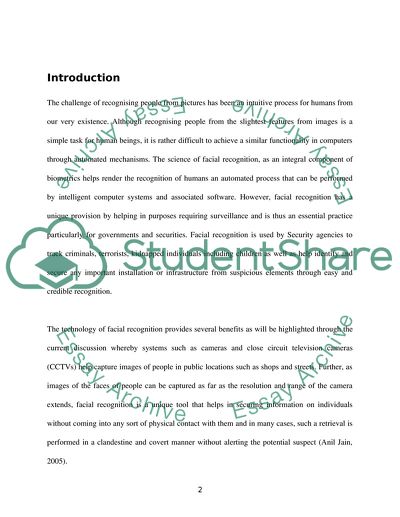Cite this document
(The Theories Used in the Area of Facial Recognition Research Paper, n.d.)
The Theories Used in the Area of Facial Recognition Research Paper. Retrieved from https://studentshare.org/technology/1726646-face-recognition-in-videos-it
The Theories Used in the Area of Facial Recognition Research Paper. Retrieved from https://studentshare.org/technology/1726646-face-recognition-in-videos-it
(The Theories Used in the Area of Facial Recognition Research Paper)
The Theories Used in the Area of Facial Recognition Research Paper. https://studentshare.org/technology/1726646-face-recognition-in-videos-it.
The Theories Used in the Area of Facial Recognition Research Paper. https://studentshare.org/technology/1726646-face-recognition-in-videos-it.
“The Theories Used in the Area of Facial Recognition Research Paper”, n.d. https://studentshare.org/technology/1726646-face-recognition-in-videos-it.


